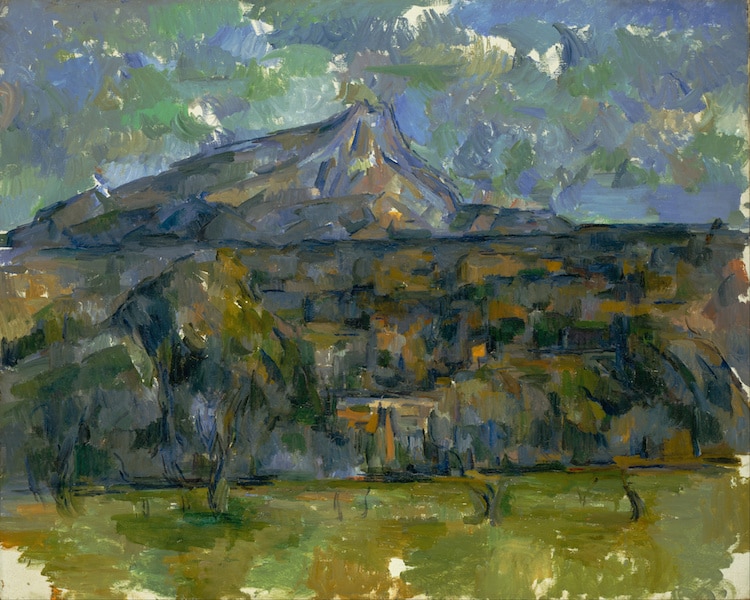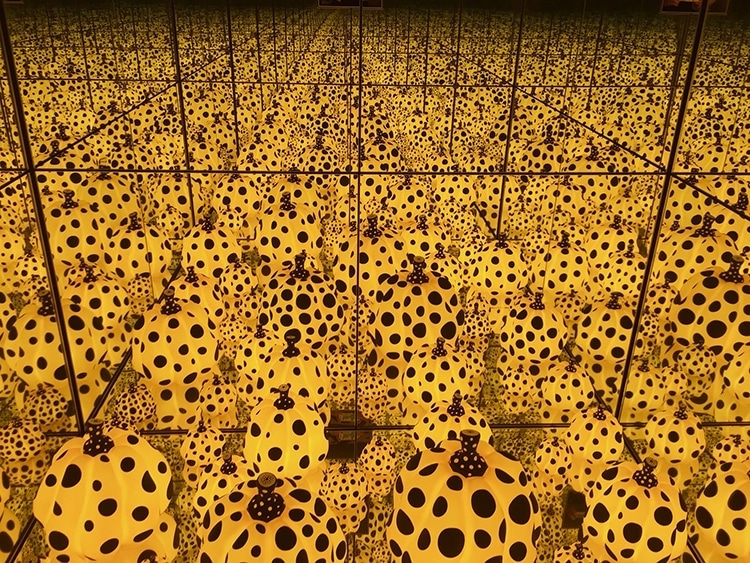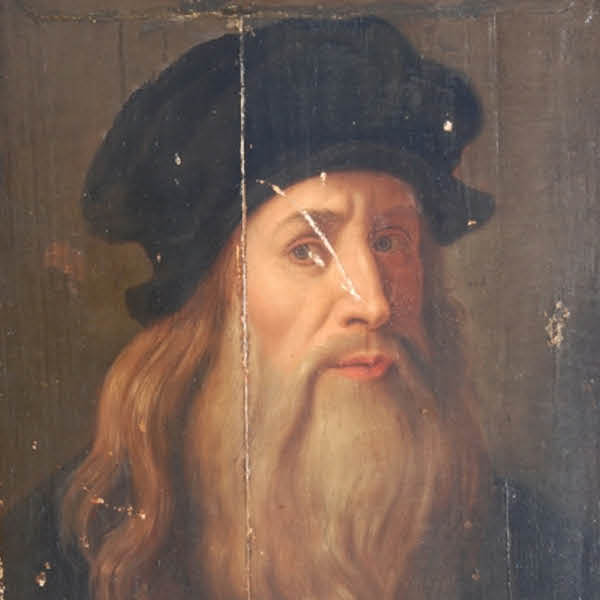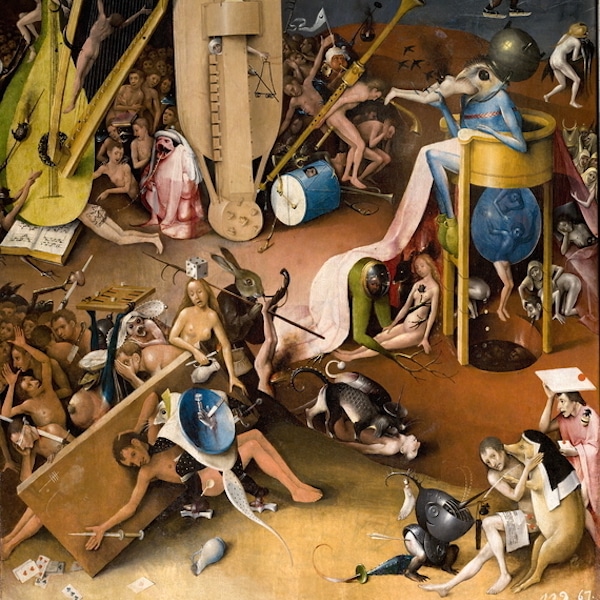Claude Monet – His Garden

‘Water Lilies and Japanese Bridge' (c. 1897-1899) (Photo: The Athenaeum via Wikimedia Commons Public Domain)
Claude Monet called his Japanese-inspired garden in Giverny his “most beautiful masterpiece.” With its central pond and seasonal flora, this plot of land offered the artist ample opportunities to capture fleeting impressions of nature.
Monet looked to his garden for inspiration from 1883 until his death in 1926. During this time, he painted 250 large-scale paintings of his prized water lilies, as well as numerous pieces featuring the green footbridge, weeping willow trees, and seasonal blooms that have appeared in some of Impressionism‘s most recognizable works.
Paul Cézanne – Mont Sainte-Victoire

‘Mont Sainte-Victoire' (1902-1906) (Photo: Google Arts & Culture via Wikimedia Commons Public Domain)
While “father of modern art” Paul Cézanne is often associated with still-lifes, he appeared to be most profoundly inspired by landscapes—namely, his favorite view of Sainte-Victoire Mountain.
Sainte-Victoire is a mountain located in Aix-en-Provence, where Cézanne lived and worked. In a series of oil paintings, Cézanne repeatedly reproduces the mountain in various styles, ranging from nearly naturalistic to almost completely abstract.
Cézanne first encountered the landform while traveling by train in the late 1870s. In revealing letters to Emile Zola, a contemporary, Cézanne described the mountain as a “beau (beautiful) motif,” and noted its potential as a “staggering subject for a picture.”
Frida Kahlo – Herself
Mexican artist Frida Kahlo‘s subject matter is known for being deeply personal and highly symbolic. This distinctive, dual approach to art is particularly evident in her captivating collection of 55 self-portraits.
Each self-portrayal incorporates motifs, characters, and scenery inspired by Kahlo's own life and heritage. Much like the rest of her oeuvre, her self-portraits tend to revolve around two traumatic events: the dissolution of her tumultuous marriage to fellow artist Diego Rivera and the physical trauma she experienced during a streetcar accident.
While her use of symbolism can be complex, Kahlo's decision to explore these events through self-portraiture is straight-forward: “I paint self-portraits because I am so often alone, because I am the person I know best.”
Yayoi Kusama – Polka Dots

‘All the Eternal Love I Have for the Pumpkins' (Photo: foursummers via Pixabay Public Domain)
Japanese artist Yayoi Kusama is famous for her love of polka dots. Evident in everything from drawings and paintings to performance art pieces and her iconic Mirror Room installations, this motif has dominated her work for decades.
Kusama claims that her interest in the pattern was inspired by hallucinations she had as a child. While the visions of repeating dots at first frightened her, she has since come to appreciate the power of the pattern. “Polka dots can't stay alone,” Kusama explains. “When we obliterate nature and our bodies with polka dots, we become part of the unity of our environments.”
Related Articles:
How Flowers Blossomed Into One of Art History’s Most Popular Subjects
The History of Cupid in Art: How the God of Love Has Inspired Artists for Centuries























































































